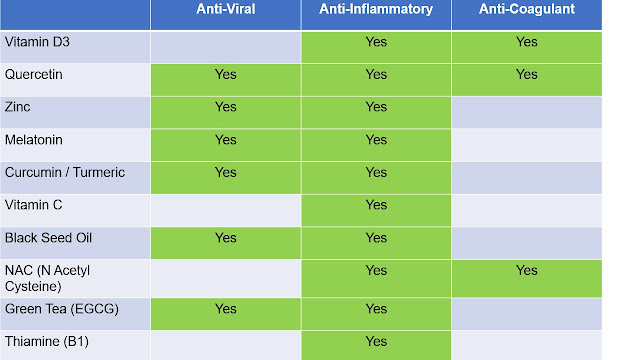Are GLP-1s the first longevity drugs? - Nature 2025
This Nature Biotechnology article (1) discusses presentations from the Aging Research and Drug Discovery meeting in Copenhagen, where experts from Novo Nordisk and Eli Lilly proposed that GLP-1 receptor agonists (GLP-1s), commonly used for obesity and type 2 diabetes, could emerge as the first true longevity drugs. These medications have demonstrated strong efficacy in reducing comorbidities like heart disease, stroke, heart failure, kidney disease, liver disease, osteoarthritis, and sleep apnea, especially in high-risk individuals with metabolic conditions.
Key BackgroundAging involves a systemic decline due to accumulated damage outweighing repair processes, with 14 identified hallmarks (e.g., genetic instability, epigenetic changes, mitochondrial dysfunction). Longevity drugs aim to target these pathways to prevent multiple age-related diseases and extend healthspan (healthy lifespan) rather than just lifespan. Past candidates like sirtuin activators, senolytics, metformin, and rapamycin have largely failed in human trials, but GLP-1s stand out due to robust clinical data in humans.Methods and EvidenceThe article references clinical trials and real-world data showing GLP-1s' benefits, such as reduced cardiovascular events and all-cause mortality. Ongoing studies include the EVOKE and EVOKE+ trials testing semaglutide for Alzheimer's disease, even in non-diabetics. Data science approaches are emphasized for analyzing large datasets to uncover mechanisms, optimize trials, and personalize treatments.Main FindingsGLP-1s provide benefits beyond weight loss, including anti-inflammatory and antifibrotic effects, with about two-thirds of cardiovascular improvements independent of weight reduction. They show promise in conditions like metabolic dysfunction-associated steatohepatitis (MASH), neuroinflammatory diseases, and potentially dementia. However, evidence is limited in low-risk or healthy populations, and adherence remains a challenge due to side effects and costs.Discussion and ImplicationsBroader pharmaceutical efforts target aging processes like inflammaging, with emerging therapies such as NLRP3 inhibitors and apelin mimics. Regulatory hurdles exist, as aging isn't an FDA-approved indication, but initiatives like the THRIVE Act could enable approvals based on healthspan improvements. The article calls for innovative trial designs, preventive medicine shifts, and further research to validate GLP-1s' pan-aging potential.ConclusionsGLP-1s represent a promising step toward longevity interventions by addressing multiple aging hallmarks and delaying chronic diseases, particularly in at-risk groups. Full realization requires trials in healthier populations, affordable long-acting formulations, and data-driven insights to transform healthcare and extend healthy longevity.
References:
References:









Comments